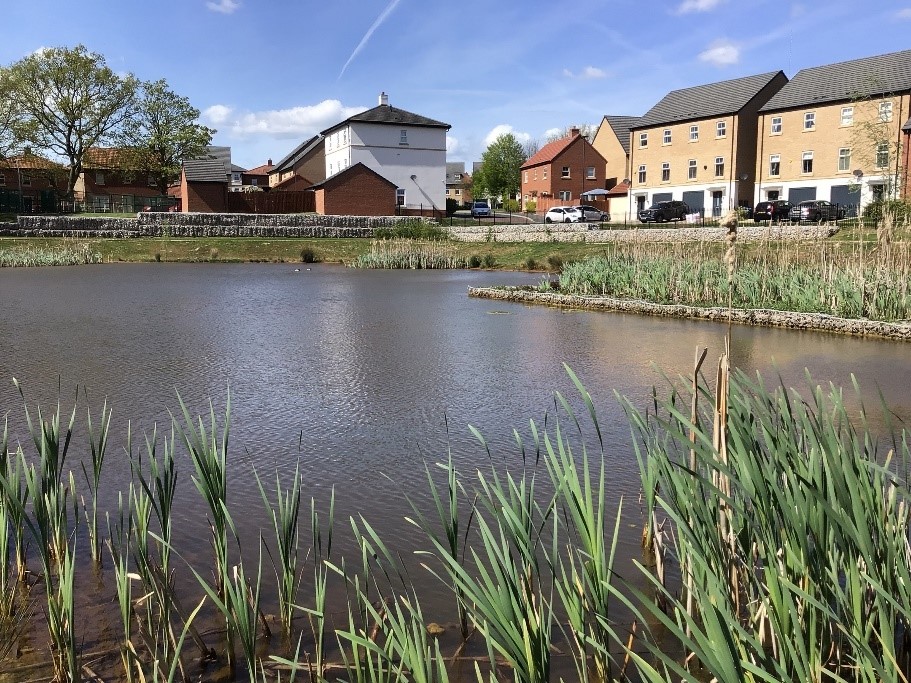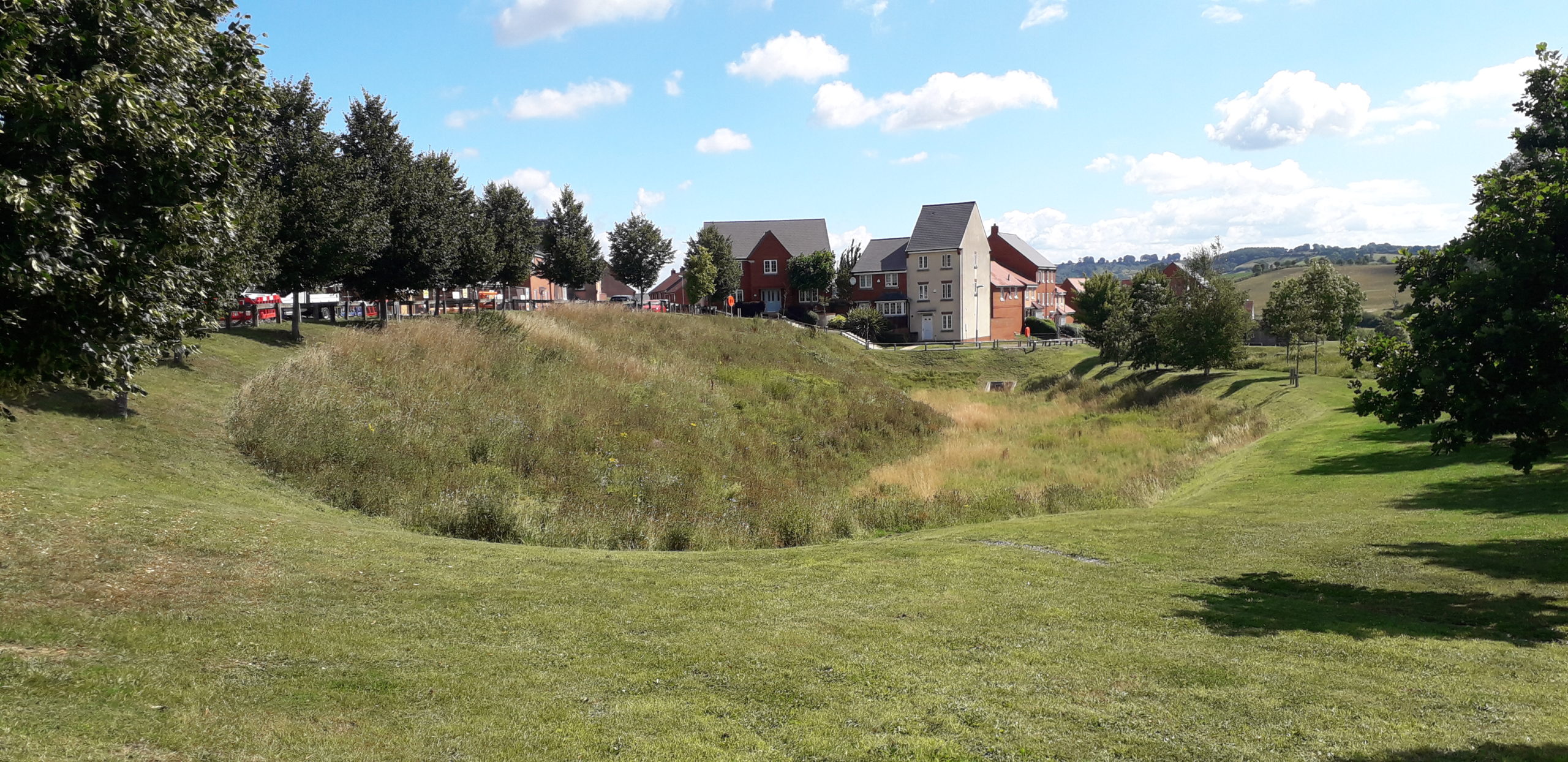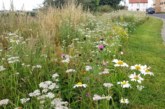
Samantha Hursey, Meadfleet operations director and ecologist, explores the benefits and challenges of both onsite and offsite in respect of the forthcoming Biodiversity Net Gain (BNG) regulations.
Biodiversity Net Gain (BNG) regulations effective from November 2023 will affect all new planning applications, with 10% minimum compulsory enhancements and 30-year management requirements. This is designed to ensure that an area is left more ecologically diverse after development.
With this comes the debate of whether the gain should be focused onsite or offsite. Onsite is the preference outlined by the guidance, with local authorities more likely to approve applications. This is because it works alongside initiatives like the Green Infrastructure Framework, a commitment in the Government’s 25 Year Environment Plan to create a network of accessible green spaces and climate resilient towns and cities across England.
Onsite habitat creation would provide spaces of higher quality within urban areas. It also ensures gains are being created where they are to be lost. This is also considered the cheapest way to deliver BNG, as the developer already owns the land. You can create new habitats within its footprint and improve or restore existing habitats to hit the BNG target.
 However, research suggests that close to 90% of developers believe the availability of land for onsite mitigation to be the biggest challenge, with offsite delivery at some degree a necessity. With land suitable for development being in high demand, developers will want to maximise building space within a parcel.
However, research suggests that close to 90% of developers believe the availability of land for onsite mitigation to be the biggest challenge, with offsite delivery at some degree a necessity. With land suitable for development being in high demand, developers will want to maximise building space within a parcel.
There is some thought that onsite delivery should be achievable with carefully designed layouts avoiding areas with the highest loss and maximising enhancements such as grasses, trees, and SuDS.
Some would say there are more benefits for biodiversity to be achieved by creating larger areas off-site than smaller areas onsite. Yet the metric incentivises onsite and local delivery of BNG, with units outside the Local Planning Authority boundary more expensive for developers to deliver.

The third option is to purchase BNG credits that would then be used to create biodiversity elsewhere in the UK. However, it is still unclear as to whether a developer will need to demonstrate how they have applied the mitigation hierarchy and exhausted all possible options onsite before seeking BNG options further afield.
Onsite will be the initial requisite of the new legislation so with most future developments incorporating BNG within their green infrastructure its management is a key consideration for developers and Local Planning Authorities across England to ensure the 30-year covenant is met.
Customer and community engagement is key to the success of BNG. For some time, we have been positively promoting biodiversity and providing information on the benefits to our customers as well as aligning their views and expectations of how these enhancements are delivered on the ground. This includes our award-winning Bee Friendly campaign which was established in 2019 to create new habitats for pollinators and provides multiple opportunities for customer and community engagement and education.
Want to know more?
For more information on Meadfleet’s services, go to www.rdr.link/xxx




